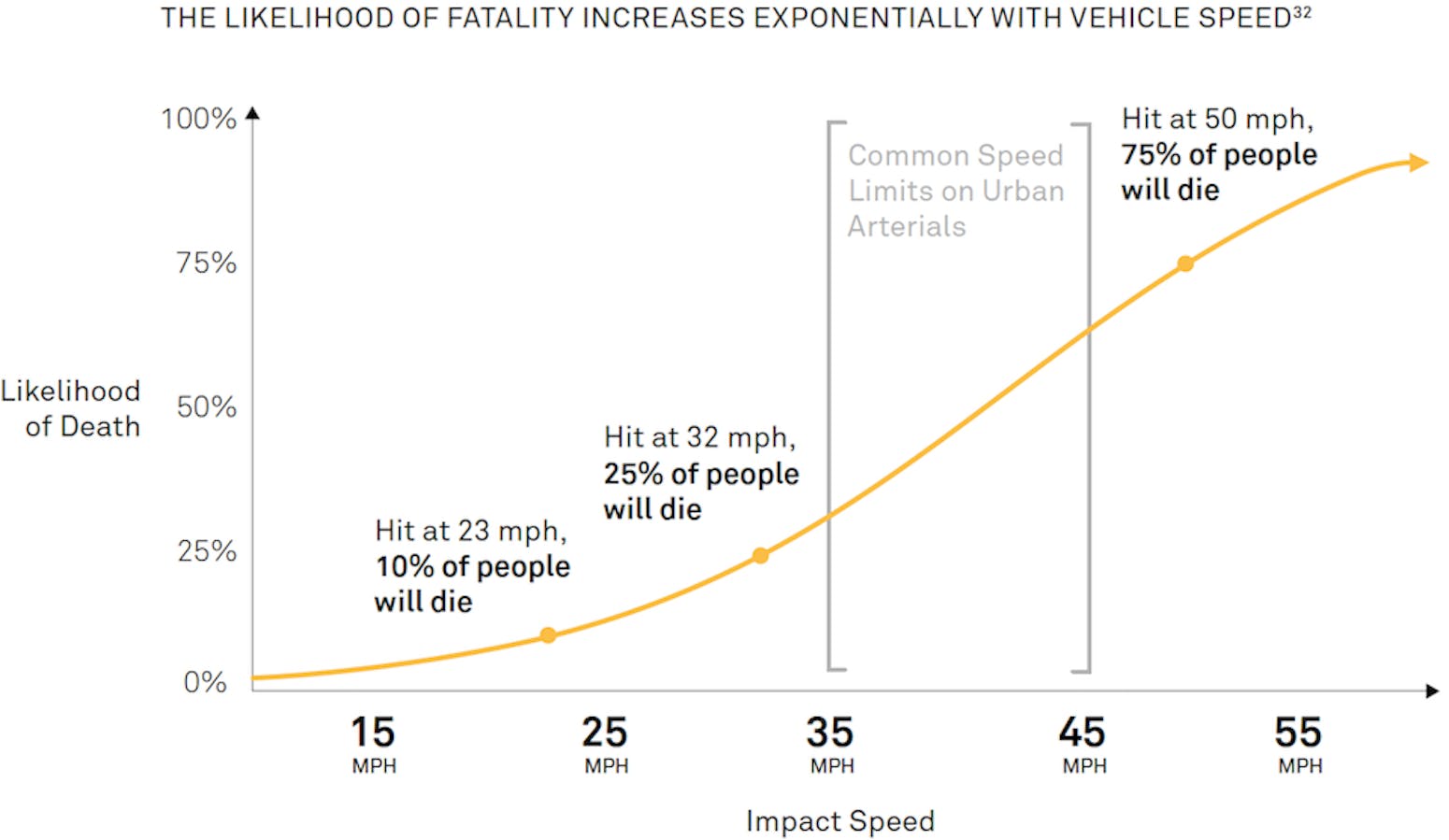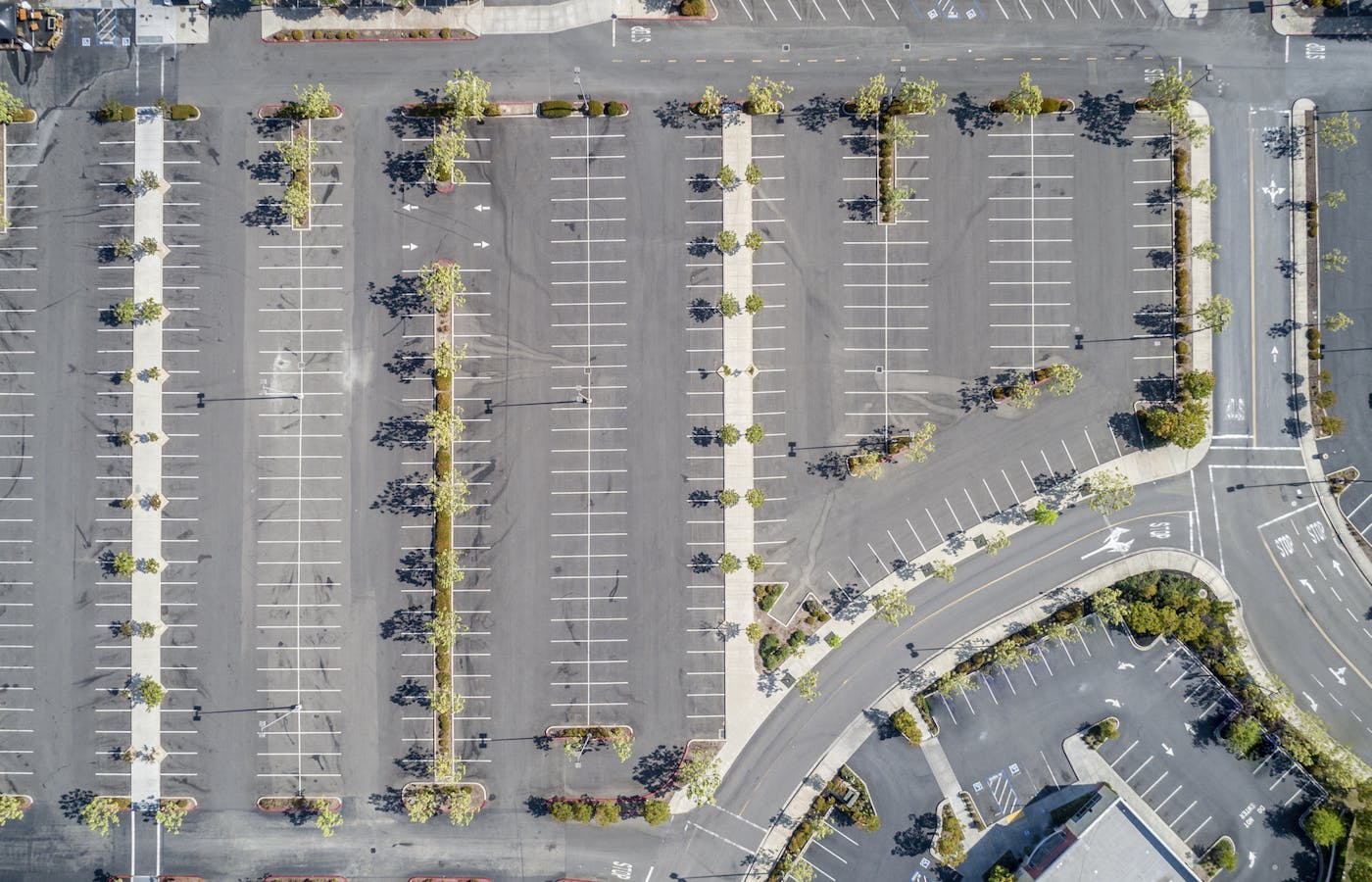A version of this post originally appeared on PeopleForBikes and is republished with permission. It is part two of a three-article series; read part one here, and check back tomorrow for part three.
6. More bike infrastructure can benefit drivers, too
It’s important to remember that even if the infrastructure is perfect, not everyone will choose to bike. Die-hard drivers can still become bike advocates, however, especially when they realize that the more people ride bikes, the less car congestion there is.
This was a key messaging point in Austin, where the city completed 115 miles of new bike lanes in just two years. By shifting traffic from cars to bikes and making it easier to reach transit stops, Austin’s planned 400-mile protected bike lane network is projected to increase the city’s traffic capacity by about 25,000 trips per day at about the same cost ratio as a single expressway widening.
In 2014, a New York City Department of Transportation (NYDOT) study found that after a six-foot buffered bike lane was installed on Columbus Avenue, car volumes were unaffected and that those cars moved 35 percent faster. According to an NYDOT statement, the “study found that on corridors with protected bike lanes traffic flow was maintained or improved on average because of the enhanced organization of the roadway.”

7. Protected bike lanes and reduced speeds save lives
Time and again, we see that when speed limits fall, safety rises. Because the likelihood of fatality increases exponentially with vehicle speed, even small reductions in speed limits can have an outsized effect. The Highway Safety Manual shows that deadly crashes can be decreased by 17 percent if speeds are reduced by just 1 mph, while a separate study from Sweden’s Lund Institute of Technology found that a 10 percent reduction in average speed led to 34 percent fewer fatal crashes.
A widely celebrated success story comes from Spain: When the speed limit on single-lane urban roads was lowered to 18.5 mph, road deaths fell by 14 percent. For cyclists, deaths were cut almost in half. This is good news as cities nationwide lower speed limits across the board, making streets safer for everyone.
The even better news? Protected bike lanes reduce speeding and make streets safer for people walking, biking, and driving. After protected bike lanes were installed in New York City, injuries for all road users on those streets were reduced by 40 to 50 percent. Similarly, protected bike lanes in Montreal led to a 28 percent decrease in injuries. This 2019 study of twelve cities also found that protected bike lanes decrease fatalities for all road users.
8. Bikes help reduce the cost of living and make cities more affordable
In 2021, U.S. households spent an average of $10,961 on transportation, making it the second largest household expense after housing. One in four U.S. adults suffers from transportation insecurity, a phenomenon that often has an inequitable impact on low-income families. Increasing access to low-cost modes of transportation like bikes — and safe places to ride them — effectively reduces this often-overlooked household expense and ensures communities remain affordable for everyone. The Housing and Transportation (H+T®) Affordability Index is a great tool to determine the neighborhood-level housing and transportation costs for your community.
9. Housing policy and bike policy are intertwined
The right kind of housing policy can make our communities more bike-friendly. When we create transit-oriented neighborhoods, remove parking requirements, allow for more infill housing in existing urban areas, and permit the building of accessory dwelling units and multi-family housing, we naturally start to create places where destinations are closer together and people feel more comfortable biking.
The U.S. is in the midst of a severe housing crisis, forcing residents to live increasingly far away from important destinations. Adopting climate-friendly land use policies promotes a mix of land uses in close proximity to one another. When people’s homes are closer to their basic needs — jobs, grocery stores, schools, pharmacies, etc. — they’re more likely to ride a bike for daily trips. For those who drive, trips are considerably shorter.

10. Parking reform is key to building bike-friendly cities
The U.S. has about 2 billion parking spots, which translates to about seven parking spaces for every car. And parking is expensive for new developers to build — it can cost between $40,000 and $60,000 per parking space — increasing housing costs for everyone and taking valuable space away from development.
What’s more, fewer homes have led to a slew of other intersecting issues: a nationwide housing shortage, an increase in home prices, and growing inequity. Lower-income families who drive less and use transit more inevitably end up paying for infrastructure they don’t need while drivers are subsidized for their car use.
When parking is required, buildings are forced to spread further and further apart, decreasing an area’s walkability and leading to urban sprawl, which swallows more and more land to sustain the same population. This in turn pushes people to drive more, upping greenhouse gas emissions, while the ensuing traffic makes it harder for everyone to get where they need to go.
Essentially, this plethora of free car storage is at the root of a number of societal woes. A much better investment is a network of protected bike lanes and trails. Less parking means more proximity — since most people only want to bike one or two miles, the more destinations you have in that radius, the better a place becomes for bicycling. That’s only possible, however, if you’re not required to build big parking lots. Thus, parking reform is key to building bike-friendly cities.






